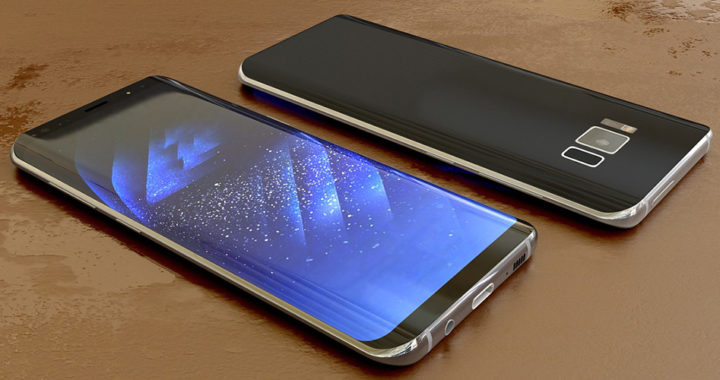The advantages of OLED or organic light-emitting diode display have made it the most popular display technology used in flagship-grade smartphones and tablets, as well as laptops and television sets. OLEDs are fundamentally sleek and beautiful. However, they have their fair share of disadvantages. This quick quick lists down and describes the pros and cons of this display technology.
The Pros of OLED Display Technology
Below are the advantages and applications of this display technology:
1. One of the strengths or advantages of OLED display technology over other technologies such as LED and LCD is that it consumes less power. Each diode in an OLED panel emits light. The entire panel does not require backlighting as well, unlike LCD.
2. When compared with LCD panels, OLED panels are thinner. The organic plastic layer of the panel can have a thinness of 100 to 500 nanometers. Note that this thinness also means that an OLED panel is lighter and can be made flexible.
3. Another advantage of OLED is that it has the deepest blacks in all existing display technologies such as twisted nematic or TN LCD, in-plane switching or IPS LCD, and VA LCD technologies. The deep blacks an OLED panel produces translate to a high contrast ratio.
4. Images displayed on an OLED panel are more vivid and pleasing to the eyes than those displayed on a TN LCD or IPS LCD panel because it has deeper blacks, higher contrast ratio, wider viewing angle, and higher refresh rates.
The Cons of OLED Display Technology
Below are the disadvantages and drawbacks of this display technology:
1. One of the notable limitations or disadvantage of OLED is that it degrades faster than LCD technologies. Different color-specific organic diodes also have different lifespans. Blue diodes degrade faster than red and green diodes, thus resulting in noticeable over time.
2. Susceptibility to faster degradation due to water damage is another disadvantage of an OLED panel. The organic diodes in an OLED display technology are vulnerable to water unlike the inorganic crystalline found in LDC technologies.
3. An operating OLED display panel is hard to use under direct sunlight or bright lighting. The images the panel produces are barely viewable because of the absence of backlighting and the fact that organic diodes produce lights with limited brightness.
4. Most high-end OLED panels in the market produce oversaturated images with colors and contrast that are too harsh. In other words, these panels produce inaccurate color and image representation, thus making them unsuitable for certain applications.





